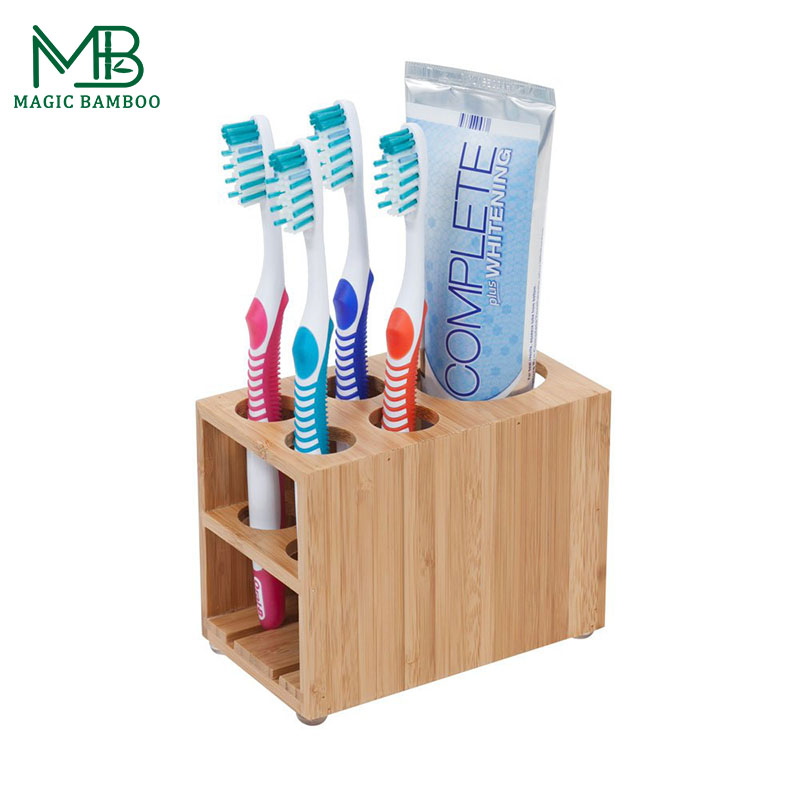If you’ve ever been to a tiki bar or set up tiki torches in the yard, you’ve seen bamboo products in action. Bamboo has long been a mainstay in tropical locations. It is also one of the most well-marketed and mainstream sustainable design materials.
As a fast-growing, lightweight, renewable resource, bamboo has much to offer homeowners interested in sustainability—these days, that’s more than 50% of buyer clients, according to data compiled by the National Association of REALTORS®. Bamboo Cutting Board Dishwasher

Bamboo is a tall evergreen plant that grows in tropical regions. It is known for growing very quickly. In the right conditions, bamboo can grow up to 23 inches in one day.
“Bamboo was one of the early adapted products for green design,” says interior designer Patricia Gaylor. “Hardwood grows to maturity at around 25 to 30 years, and bamboo’s growth to maturity is only 5 yrs. Also, bamboo is as strong as hardwood so its lifespan is comparable to it.”
©Blair_witch / Getty Images Plus
Bamboo also absorbs more carbon and generates more oxygen than most other plants and trees, says Namita Madan, an interior designer and project director with Freemodel. She adds, “Bamboo also requires no use of pesticides or fertilizers, so its cultivation process is natural and far less harmful to humans and the environment.”
Still, sustainability isn’t always a simple equation. Gaylor says bamboo products in the United States are largely sourced from imports. She argues that the oil and energy used to import bamboo makes the product far less sustainable than it first seems. It is important for real estate professionals and their clients to watch out for greenwashing—false claims about eco-friendliness—when seeking sustainable materials, which is why research or working with someone knowledgeable on the product, production process and its origins is important.
Bamboo has been a sustainable home design mainstay for years. Still, designers constantly reinvent the wheel, and there are several ways to use bamboo that look fresh instead of dated.
Here’s how bamboo is showing up in today’s home design trends.
“Put a twist on the traditional hardwood flooring with a bamboo floor,” says Namita Madan, an interior designer and project director with Freemodel. “It’s more eco-friendly, costs less, and [is] quite durable.
Bamboo flooring is available in a variety of types and price points. Engineered bamboo is the most affordable option, according to Forbes Home. These planks include a thin bamboo layer glued on top of another low-cost, durable material like plywood.
Gaylor cautions against assuming all bamboo flooring is sustainable, however. Consider whether the flooring has any third-party sustainability certifications, whether the adhesive harms the environment, and how much energy was used in manufacturing.
Bamboo can add beauty and warmth overhead too. “A bamboo ceiling is stylish, elegant and durable,” says Madan.
A bamboo-clad ceiling can work in many climates. Bamboo is less prone to cracking than wood panels, and it can be stained or sealed to protect the ceiling from high humidity.
Wall treatments are in, and bamboo wall coverings add a warm, lustrous effect to hallways, mud rooms and any space needing a touch of nature.
“I think bamboo has a beautiful aesthetic,” says Gaylor. She says bamboo wall coverings can be effectively added to accent walls in almost any room and “even some outside areas such as modern fencing.”
Because bamboo regenerates so quickly, bamboo doors can be more environmentally friendly than hardwood doors. The good news is that bamboo doors are also available in various architectural styles and finishes.
Madan says she has seen bamboo doors used most in farmhouses and cabins because of the warm stylishness they add to these rustic interiors.
You don’t have to wait for a major home renovation to use bamboo. If a piece of furniture can be made of wood, it can also be made from bamboo. Think outside the box with bamboo dining sets, golden-hued stools or side tables, and even indoor-outdoor sofas.
“Bamboo furniture is gaining a lot of popularity due to its light weight, strong mechanics, and adaptability,” says Madan. “The natural beauty of bamboo furniture adds warmth and character to any space.”
Bamboo is one of the most accessible sustainable building and home design materials. It’s easy to find bamboo products at both local and national retailers, according to Gaylor and Madan.
Madan suggests Pottery Barn, Crate and Barrel and Restoration Hardware for home decor products and furniture. For bamboo flooring, she recommends Cali Bamboo and Green Building Supply. Even big-box retail stores like Home Depot or Lowe’s have budget-friendly bamboo flooring options.
Gaylor cautions that not all bamboo products are created equally. “Look for bamboo products that are LEED certified, or have no VOCs, which is basically any product in it that has harmful chemicals or sealants,” she says.
Leandra Beabout is an independent journalist and content writer based in Indiana and India.

Organic Bamboo Cutting Board Subscribe to E-Newsletters Reprints About Us Contact REALTOR® Magazine